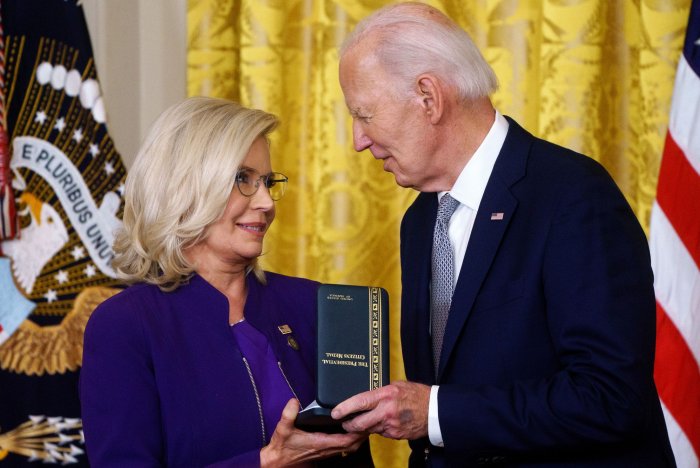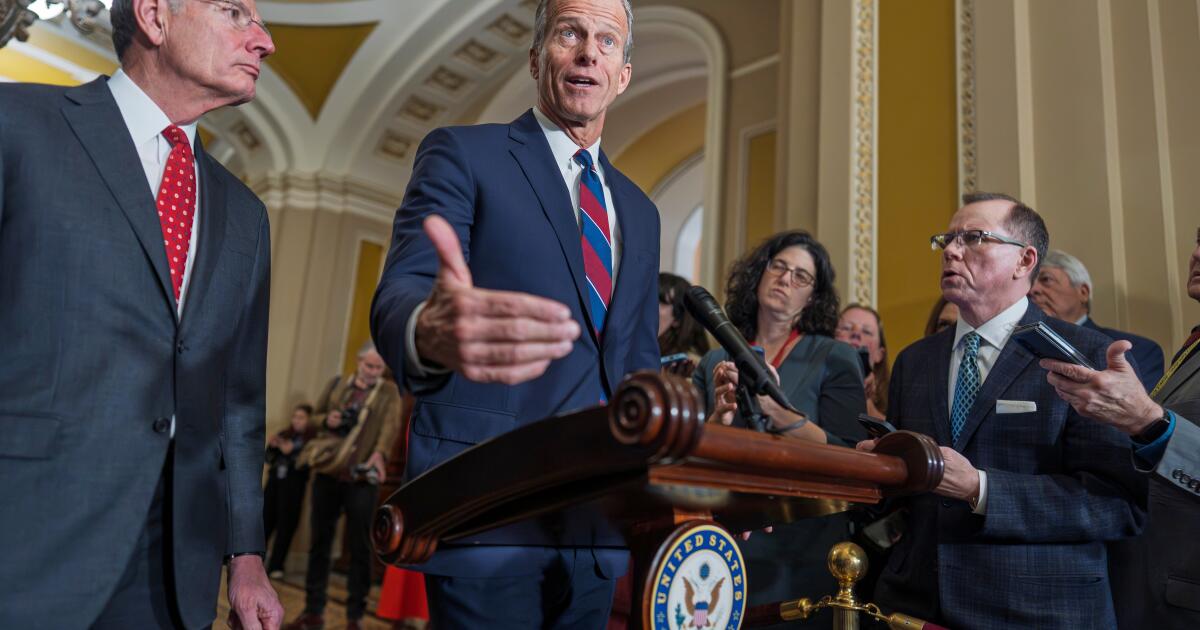Healthcare software CEO sentenced to 15 years, ordered to pay $452M
Dec. 22 (UPI) — The former CEO of a healthcare software company in Arizona was sentenced to 15 years in prison and ordered to pay more than $452 million in restitution for conspiring to defraud Medicare for $1 billion, the U.S. Department of Justice said Monday.
Gary Cox, 79, of Maricopa County, was found guilty in June of healthcare fraud in which he generated false doctors’ orders to support fraudulent claims for various medical items.
He was sentenced Friday in the Southern District of Florida.
“This just sentence is the result of one of the largest telemarketing Medicare fraud cases ever tried to verdict,” Acting Assistant Attorney General Matthew R. Galeotti of the Justice Department’s Criminal Division said in a statement. “Telemedicine scammers who use junk mailers, spam calls and the internet to target senior citizens steal taxpayer money and harm vulnerable populations. The Criminal Division will continue dedicating substantial resources to the fight against telemedicine and medical equipment frauds that drain our health care benefit programs.”
Cox was convicted of conspiracy to commit healthcare fraud and wire fraud, three counts of healthcare fraud, conspiracy to pay and receive healthcare kickbacks, and conspiracy to defraud the United States and make false statements in connection with healthcare matters.
Cox was the CEO of Power Mobility Doctor Rx, LLC.
Prosecutors say Cox and his co-conspirators targeted several hundred thousand Medicare beneficiaries who provided personally identifiable information and agreed to accept medically unnecessary orthotic braces, pain creams and other items through misleading mailers, television advertisements and calls from offshore call centers, the Justice Department said.
Cox connected pharmacies, durable medical equipment suppliers and marketers with telemedicine companies to accept illegal kickbacks and bribes in exchange for signed doctors’ orders transmitted using the DMERx platform.
Prosecutors said DMERx falsely said that a doctor had examined and treated the Medicare beneficiaries when, in fact, purported telemedicine companies paid doctors to sign the orders without regard to medical necessity. It was based on a brief telephone call with the beneficiary or no interaction with the beneficiary, the Justice Department said.
These doctors’ orders billed Medicare and other insurers more than $1 billion with Medicare and the insurers paying more than $360 million based on these claims.
The scheme was concealed through sham contracts and elimination from doctors’ orders in which one co-conspirator described as “dangerous words” that might cause Medicare to audit the scheme’s DME suppliers.
“This sentence sends a clear message: Those who exploit telemedicine to prey on seniors and steal from taxpayer-funded health care programs will be held accountable,” said Christian J. Schrank, deputy inspector general for investigations of the U.S. Department of Health and Human Services.
“This scheme was a massive betrayal of trust, built on deception and greed. Our investigators, working with law enforcement partners, dismantled this billion-dollar fraud operation that targeted vulnerable patients and undermined the integrity of Medicare. We will not relent in our mission to protect the public and safeguard Medicare and other federal health care programs from fraud, waste, and abuse.”
Before his sentencing, friends of the defendant submitted letters to the judge vouching for Cox’s good character.
“It is my belief, based on all my life experiences both good and bad that Gary is not a person that would take advantage of or cheat another,” one letter said.
Since March 2007, the Justice Department’s Fraud Section, operating nine strike forces in 27 federal districts, has charged more than 5,800 defendants, who collectively have billed federal healthcare programs and private insurers more than $30 billion.
“Together with our partners, the FBI will aggressively pursue those who defraud taxpayer-funded health care programs,” Rebecca Day, acting assistant director of the FBI’s Criminal Investigative Division, said. “Programs like Medicare are intended to help the most vulnerable among us, and fraud schemes like the one orchestrated by the defendant can jeopardize the delivery of critical care to those who need it the most.”
Approximately 69.4 million Americans are enrolled in the federal health insurance, which is primarily for people aged 65 and older. It also covers younger people with long-term disability, end-stage renal disease or ALS.
Medicare fraud, mistakes and abuse cost the program an estimated $60 billion annually.
“Medicare numbers are more valuable than Social Security numbers because if they have all the right documentation, the Medicare claim has to go through, there are rules and regulations around that,” Nancy Moore, director of Indiana Senior Medicare Patrol, told WRTV-TV in June.
“One of the best ways to look out for fraud is to read your summary notices, your EOB if you’re on Medicare Advantage, or your Medicare summary notice. If you notice a charge for something you never received or didn’t need. That’s when you should call us to report it.”
Consumers can also report suspected medical identity theft to the Health & Human Services fraud hotline at 800-447-8477 (800-HHS-TIPS) or the National Insurance Crime Bureau at 800-835-6422.







